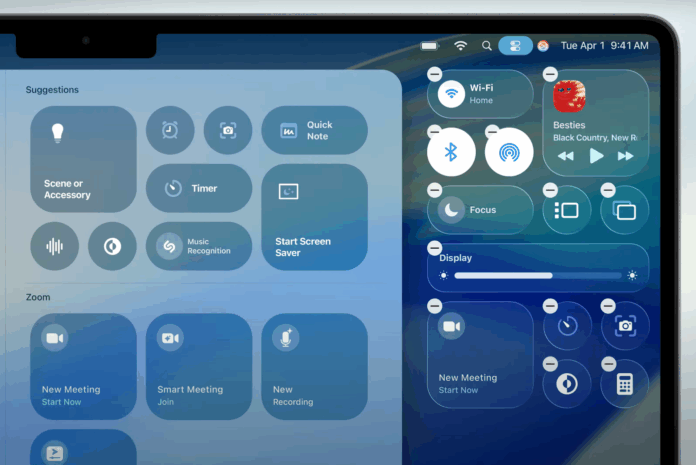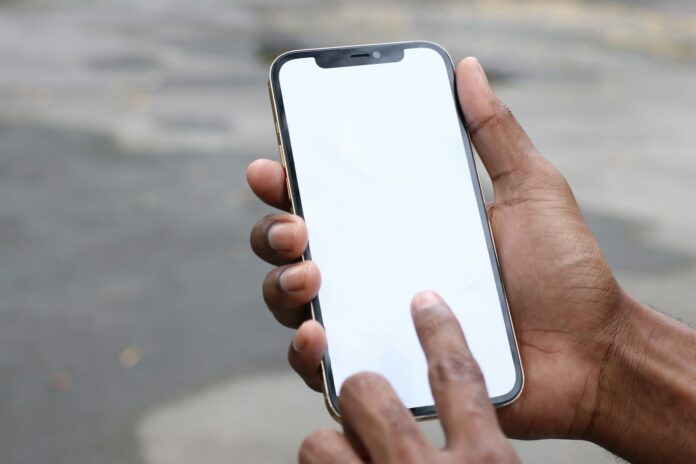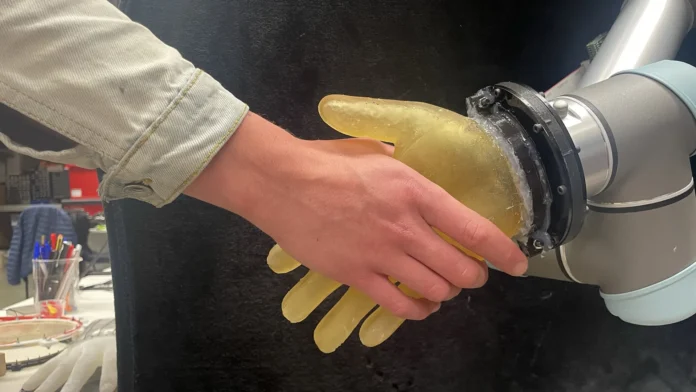Anthropic
Featured
Robots that feel heat, pain, and pressure? This new “skin” makes...
Researchers have created a revolutionary robotic skin that brings machines closer to human-like touch. Made from a flexible, low-cost gel material, this skin transforms the entire surface of a robotic hand into a sensitive, intelligent sensor. Unlike traditional robotic skins that rely on a patchwork of different sensors, this...














![whats-new-in-androids-june-2025-google-system-updates-u-6-16.jpg What’s new in Android’s June 2025 Google System Updates [U: 6/16]](https://aiobserver.co/wp-content/uploads/2025/06/8261-whats-new-in-androids-june-2025-google-system-updates-u-6-16-696x364.jpg)